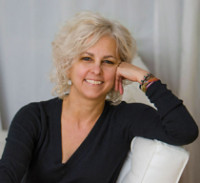Month: April 2016
-
2016 Edgar Allen Poe Awards Announced
This year’s winners for juvenile and young adult fiction are: BEST JUVENILE Footer Davis Probably is Crazy by Susan Vaught (Simon & Schuster – Paula Wiseman Books) BEST YOUNG ADULT …
-
Children’s Book Week Celebrates Graphic Novels
See below for the blog tour schedule: Tuesday, May 3 – Sharp Read featuring Ryan North Tuesday, May 3 – Teen Lit Rocks featuring MK Reed Wednesday, May 4 – Love is Not a Triangle featuring Chris Schweizer Wednesday, May …
-
CBC Diversity Panel: “Recruiting Diversity”
The publishing industry has come under fire for its lack of diversity, with recent surveys by Publishers Weekly and Lee & Low Books revealing a mostly homogeneous workforce. Led by moderator Andrea …
-
National Ambassador Gene Luen Yang Engages Non-Readers
A former computer science teacher, Yang believes that technology has the potential to expand literacy. Through his platform, “Reading Without Walls,” he hopes to break down the conventional barriers between genres …
-
J.K Rowling’s ‘Fantastic Beasts and Where to Find Them’ Screenplay to be Published
London, England — Pottermore, the global digital publisher of J.K. Rowling’s Wizarding World announced today, as part of their new publishing programme, that the screenplay of Warner Bros. Pictures’ feature film …
-
How I Got into Publishing: Jennifer Ung, Associate Editor, Simon Pulse
Like many children of Asian immigrants, I grew up believing there are only two paths you can take in life: pursue medicine, or pursue law. It never occurred to me as a kid that I could follow anything other than the path my parents so carefully laid out for me: college close to home, stable job, Asian husband, a litter of babies. “Dream jobs” are for white people, I was always told, not for you.
Despite knowing that, I had a deep, deep love for reading. At any given point in my childhood, I’d be buried in a story, accompanied by the likes of Pooh, of Harry Potter, of Mrs. Piggle Wiggle. My parents would encourage my love of books because they knew it would help me in my studies. But little did they know that this early reinforcement would lead to my wanting to make a career out of it, to rebel against the blueprint they’d made for my life since before I was born.
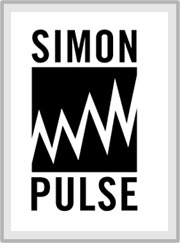
As a teenager, I felt caught between two worlds. In one, I was a dutiful daughter, who wanted to honor my Cambodian heritage and make my parents proud on their terms. And in the other, I was an American, who wanted a career as a book editor, wanted to pursue this very Western ideal of “doing what you love.” It seemed impossible to reconcile my worlds, to find common ground among such disparate identities. So when college application season rolled around, I had some of the most difficult conversations with my parents I’ve ever had. Immigrant family or not, it’s never easy being a teenager having to articulate why you want to do something when your parents just don’t see the world the same way you do. Especially when said thing involves a cross-country move, gargantuan student-loan debt, and a college degree that practically reeks of unemployment.
But in spite of these difficult conversations, I was still privileged to have parents who were open-minded enough to allow me down this unconventional path, even if they didn’t believe in it themselves. (I swear, my mom still occasionally mentions that it’s not too late for pharmacy school…) I was given a privilege many of my peers were not—to be able to take a risk with my future. There were no expectations for me to send money home, to do anything beyond support myself. I am aware of this privilege I carry, and the guilt stemming from that is something I think about all the time.
As soon as I moved to New York for college, it was a whirlwind from there. I had a wealth of opportunities I wouldn’t have had where I grew up in Southern California. I did a slew of unpaid internships at literary agencies and publishing houses, worked at a few bookstores, and curated connections that eventually led to my first job in publishing, as an editorial assistant at Scholastic.
I am constantly thinking about why there are so few people from traditionally marginalized backgrounds in the industry, and I always come up with the same sense of discomfort. I worked hard to get that first job in publishing, certainly, but a lot of the systemic barriers that keep the industry the way it is—being predominantly New York-based, surviving on unpaid internships, low starting salary, to name a few—I was able to overcome through sheer luck, some very generous people, and again that word, privilege. Until we as an industry think more critically about these barriers and come up with concrete solutions, we’ll never change. Thankfully, the tides seem to be turning. Survey results are being shared, think-pieces written, uncomfortable conversations happening, all over the industry.
In the meantime, I’m doing everything I can in my current role to elevate marginalized voices, to bring into the world new perspectives that haven’t yet been featured, so maybe teenagers today (and tomorrow and for the next bajillion years) don’t have to struggle as much as I did to imagine a future full of infinite possibilities.

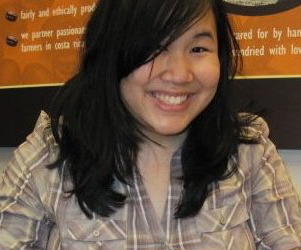
Jennifer Ung is an associate editor at Simon Pulse, an imprint of Simon & Schuster Children’s Books. Her previous experience includes editing books for teens and tweens at Scholastic and hand-selling books and moderating events at Books of Wonder. When she’s not reading or talking about books, you can find her waxing poetic about food, playing uselessly complicated board games, and thinking of new ways to incorporate Mean Girls quotes into everyday conversation. Follow her on Twitter @jenpanda.
-
National Ambassador Gene Luen Yang’s Creativity in Progress Series: Part 2
In his second post, Yang discusses some of the different approaches to the creative process. Yang considers himself a “planner” or “outliner,” creating a preliminary outline for his projects while allowing …
-
Kate DiCamillo Looks Back on Her Ambassadorship
DiCamillo traveled the country as National Ambassador (2014-15), spreading the message that “Stories Connect Us,” and that reading together helps forge community. She in turn discovered that kids everywhere are still …
-
Houghton Mifflin Harcourt Launches HMH Marketplace, Connecting Educator and Developer Communities
BOSTON, MA — Global learning company Houghton Mifflin Harcourt (HMH) today announced the Beta launch of HMH Marketplace, a new online destination that offers teachers, edtech developers and technology companies …
-
The Diversity of Imagination
Contributed by Christine Bronstein, Founder, Nothing But The Truth Publishing
Many topics are being explored around diversity in children’s books, which I think is critical to our world. Publisher’s Weekly reported that the Association of Writers and Writing Program’s annual conference had “more panels than ever addressing issues of diversity in both adult books and children’s books and inclusivity in terms of whose work is being published and promoted.” As an author and a publisher—and a very white one—I wonder if we don’t need a new framework to understand the importance of this topic for our culture as a whole. Maybe we should view the lack of diverse voices as a cultural problem that extends beyond the color of our skin; one that may form our views of the world as literally more black and white than they are.
Books, like no other craft, give us windows into the imagination and world of the creators. Children’s books help children make sense of the world around them and aid the development of language and thinking. Books help children with social cognition, providing them with a deeper understanding of how the social world works.
What happens to a culture where only the imaginations and inner worlds of one race or one gender or one way of living our lives is laid out for us to examine? It inherently creates a sense of separateness for those both outside and inside of the dominant culture being represented. I believe that pushing for diversity in children’s books may be one very important key to opening the minds and hearts of our culture as a whole.
I asked Maria Martin, long time Kindergarten teacher—and author of our upcoming children’s book, which aims to help children communicate inclusively about race and heritage—how the lack of diversity in children’s books affects children. She told me:
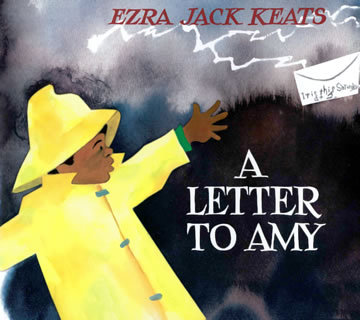
“Children need to see themselves in books in order to connect to the world of books. When students of diverse backgrounds only see books by and about the majority culture, they get the message that books are not for them. We also give students the message that their life experiences are not important. The message for white students is that cultural diversity is not something to embrace and value. Books are such a critical component to education that when students feel excluded from that component, it reverberates through their entire educational experience in a negative way. As an educator of young children, my biggest goal is to instill a lifelong love of learning. Because books are a crucial tool for learning, students have to learn to love books. Students learn about the world through books, so we have a responsibility to make sure that the world we represent through books is accurate.
“Recently, I read the book A Letter to Amy, by Ezra Jack Keats, to my daughter. She continued to ask me to read the book for several nights in a row. When I commented that she really must like this book, she said ‘I like this book because Amy looks like me.’ As a brown-skinned child with long, thick braids, she doesn’t always get to see herself in books. The benefits of diverse books for children of all cultures and backgrounds are endless.
So, when the few books by and about people of color are relegated to a niche shelf on the far side of a bookstore, or worse, not published, we further ingrain this idea of separateness into young minds. By doing this we are saying that someone’s world and imagination aren’t as interesting or universal because of their race, gender, or sexual orientation. What if we had all grown up with equal representation of races in children’s books, allowing us to choose characters we admire and connect with based on attributes other than race?
If the goal is actually inclusion—as many in the publishing world are claiming—the path should not only be to publish, review and promote diverse voices, but also to open our minds to our sameness, our oneness, and ingrain in ourselves and our children that no person can be neatly slotted into one section or another. Make sure the children around you are exposed to as many diverse books as possible so they have a full understanding of what it means to live in our world.
Here are some of Maria Martin’s favorite inclusive books for kids:
Shortcut, Donald Crews
Come on Rain Karen Hesse
Last Stop on Market Street, Matt de la Peña
Grandfather’s Journey, Allen Say
I Have a Dream, Dr. Martin Luther King, Jr.
Whistle for Willie, Ezra Jack Keats
Mufaro’s Beautiful Daughters, John Steptoe

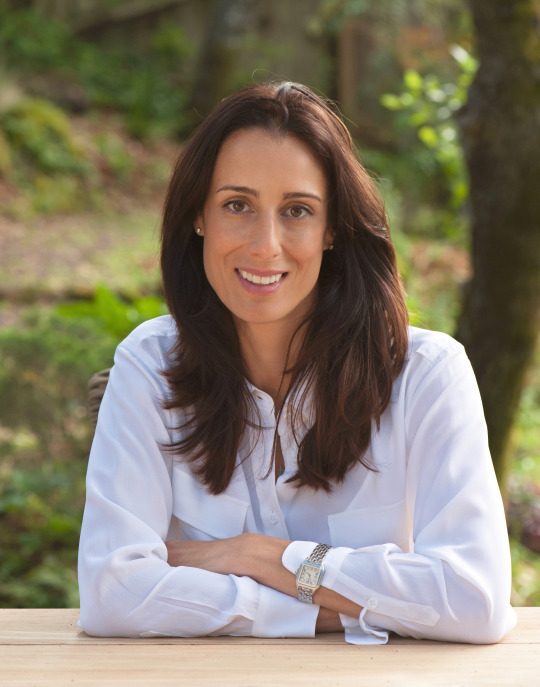
Christine Bronstein is the founder of Nothing But The Truth Publishing, an independent publishing house specializing in works by diverse female authors. She is also the author of the popular Stewie BOOM! children’s book series. In 2009, she started A Band of Women, a social network and information website for women. Chris’s writing has been published on Forbes.com, the San Francisco Chronicle, Huffington Post, and on Maria Shriver’s website. She has been featured in Elle, 7x7 Magazine and The San Francisco Chronicle.
-
Scholastic to Publish J.K. Rowling’s “Fantastic Beasts and Where to Find Them” Screenplay in the US and Canada on Nov. 19, 2016
New York, NY — Scholastic (NASDAQ: ?SCHL), the world’s largest publisher and distributor of children’s books, announced today that it will publish the screenplay of the film Fantastic Beasts and Where …
-
Diversity in the News: April 2016
The newsletter is a valuable resource for librarians, teachers, booksellers, parents and caregivers, publishing professionals, and children’s literature lovers. Find thought-provoking articles, diverse new releases, and more in this month’s issue and sign …
-
National Ambassador Gene Luen Yang on Reading & Writing Without Walls
Through his platform, “Reading Without Walls,” Yang encourages readers of all ages to embrace diverse books — both in terms of content and form — and expand our reading horizons. …
-
Free Sync Audiobooks For Teen Summer Program Encourages Literacy Through Listening
01Portland, ME — The SYNC Audiobooks for Teens program, sponsored by AudioFile Magazine and powered by OverDrive, kicks off its seventh year with an exciting lineup that includes bestselling and award-winning authors …
-
Remembering Diversity Advocate and Publisher Jackie Carter
Facing racial discrimination in her predominantly white hometown, Carter longed for stories that reflected her identity and experience. She went on to work at Sesame Street magazine, Disney-Hyperion and Scholastic, where …
-
James Patterson Recognized With The AASL Crystal Apple
CHICAGO, IL — Best-selling author James Patterson has been selected by AASL President Leslie Preddy as the 2016 Crystal Apple recipient. The honor is awarded to an individual or group …
-
#DrawingDiversity: ‘In the Wind’ by Elizabeth Spurr, illustrations by Manelle Oliphant
In the Wind by Elizabeth Spurr, illustrations by Manelle Oliphant (Peachtree Publishers, March 1, 2016). All rights reserved. @peachtreepublishers
-
Kid Lit Auction Benefits Refugees in Europe
Now through May 2, literary items ranging from novel critiques to author visits are up for auction. Proceeds will support Lifting Hands International. The range of items (and experiences), include novel critiques …
-
2016 Banned Books Week Grants Offered Through Freedom to Read Foundation’s Krug Fund
CHICAGO, IL — For the seventh year, the Freedom to Read Foundation is offering grants to support a wide variety of engaging, provocative and fun events commemorating Banned Books Week. …
-
Diversity, Disability, and Dolls
Contributed by Vera Lynne Stroup-Rentier, Ph.D., Author
Public Law 99-457 passed in 1986, amending the Education of the Handicapped Act and requiring states to provide appropriate and free public education to children with disabilities ages 3 through 5. Shortly after the implementation of this law began in 1991, I was fortunate enough to work with infants, toddlers, and preschoolers in Washington, D.C. As one of the few white women on staff, I learned much about diversity and disability. However, the lessons I learned often left me dismayed about how society represented each and every child. I learned one such lesson when I wanted to find dolls that the children and I could wash together in the water table. I liked this activity because I could talk to children about the different aspects of the dolls, like skin color. I went in search of black dolls for the water table because the children in my class were black and Hispanic. I rarely had a white student in my class. I went to store after store after store looking for dolls. There were white babies everywhere but no black or Hispanic babies. I finally found a catalog I could order them from but could not get over that fact that dolls of other races were not available in stores. These were the same stores my students’ families shopped in every week.
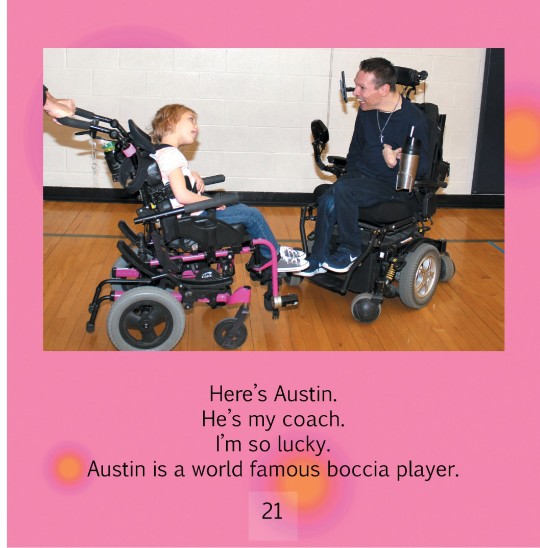
The good news is that over the past 25 years the practice of having a limited diversity of dolls has changed. Now, even Barbie comes in all shapes and sizes! While I do consider this a victory for young girls everywhere, my daughter, who is from India and has a disability, still has a difficult time finding herself represented in children’s literature. Certainly, there are lots of books about girls growing up in today’s society. In fact, many have whole series of books written about them. Most of the time, though, they are white girls growing up in a world with limited colors. My friend Jo and I wanted to change the way my daughter and others like her are able to view themselves in our ever-changing society. We wanted to show children from all walks of life with many different types of disabilities and backgrounds doing the things they love most. This love translated into building on their interests and skills so they can become more self-directed and self-determined over the course of their young lives. We know being self-determined starts to happen way before a teenager turns 18. We encourage you to peel back the pages of a good book and see how it represents you or a child you care about it in a positive way. This same book should embrace the child’s diversity in the context of their family.

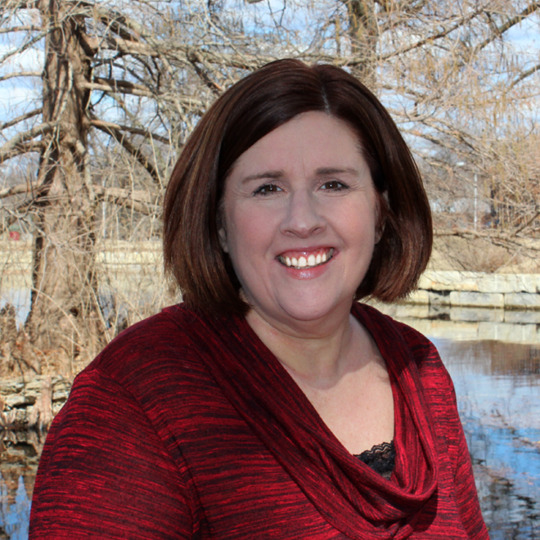
Vera Lynne Stroup-Rentier worked in the fields of Early Childhood and Special Education as a teacher for 25 years. She has a PhD in Special Education from the University of Kansas and is currently working at the Kansas State Department of Education. She has co-authored seven children’s books with Jo Meserve Mach for Finding My Way Books. All Finding My Way books are written to honor children with special needs or disabilities by sharing their stories. Their most recent title, ‘OE Wants It To Be Friday,’ features a young girl adopted from Russia who has Cerebral Palsy and uses a communication device. Visit findingmywaybooks.com for more information.








